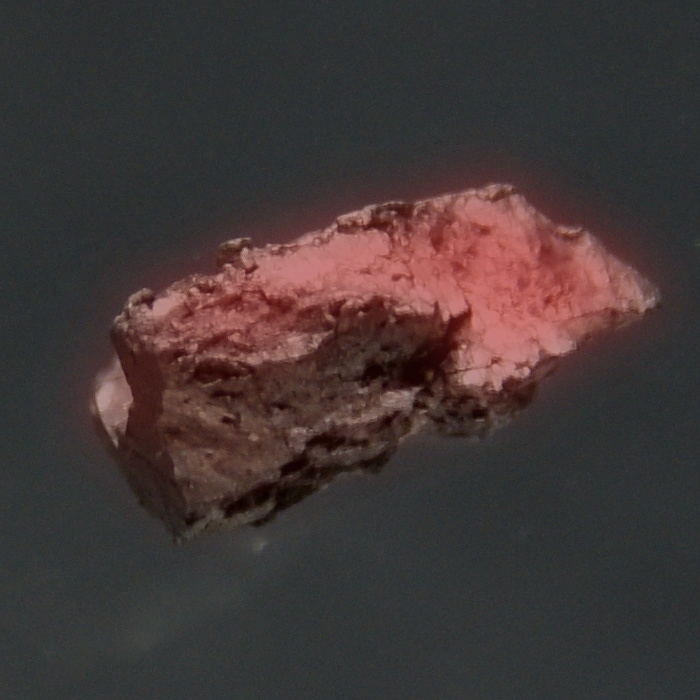Kirij
96
Cm
Skupina
n/p
Perioda
7
Blok
f
Protoni
Elektroni
Nevtroni
96
96
151
Splošne lastnosti
Vrstno število
96
Atomska teža
[247]
Masno število
247
Kategorija
Aktinoidi
Barva
Srebrna
Radioaktivno
Da
Curium is named after Madame Curie and her husband Pierre Curie
Kristalna struktura
Heksagonalna
Zgodovina
Curium was discovered by Glenn T. Seaborg, Ralph A. James and Albert Ghiorso in 1944 at the University of California, Berkeley.
It was produced by bombarding plutonium with alpha particles during the Manhattan Project.
Curium metal was produced only in 1951 by reduction of curium fluoride with barium.
It was produced by bombarding plutonium with alpha particles during the Manhattan Project.
Curium metal was produced only in 1951 by reduction of curium fluoride with barium.
Elektroni po lupinah
2, 8, 18, 32, 25, 9, 2
Razporeditev elektronov
[Rn] 5f7 6d1 7s2
Curium accumulates in the bones, lungs and liver, where it promotes cancer
Fizikalne lastnosti
Faza snovi
Trdnina
Gostota
13,51 g/cm3
Tališče
1613,15 K | 1340 °C | 2444 °F
Vrelišče
3383,15 K | 3110 °C | 5630 °F
Talilna toplota
n/p kJ/mol
Izparilna toplota
n/p kJ/mol
Toplotna kapaciteta
- J/g·K
Zastopanost v Zemljini skorji
n/p
Zastopanost v vesolju
n/p

CAS številka
7440-51-9
PubChem CID številka
n/p
Atomske lastnosti
Atomski polmer
174 pm
Kovalentni polmer
169 pm
Elektronegativnost
1,3 (Paulingova lestvica)
Ionizacijski potencial
5,9915 eV
Atomski volumen
18,28 cm3/mol
Toplotna prevodnost
0,1 W/cm·K
Oksidacijska stanja
3, 4
Uporabe
Curium is mainly used for scientific research purposes.
Curium is a common starting material for the production of higher transuranic elements and transactinides.
The most practical application of 244Cm is as α-particle source in the alpha particle X-ray spectrometers (APXS).
Curium is a common starting material for the production of higher transuranic elements and transactinides.
The most practical application of 244Cm is as α-particle source in the alpha particle X-ray spectrometers (APXS).
Curium is harmful due to its radioactivity
Izotopi
Stabilni izotopi
-Nestabilni izotopi
233Cm, 234Cm, 235Cm, 236Cm, 237Cm, 238Cm, 239Cm, 240Cm, 241Cm, 242Cm, 243Cm, 244Cm, 245Cm, 246Cm, 247Cm, 248Cm, 249Cm, 250Cm, 251Cm, 252Cm